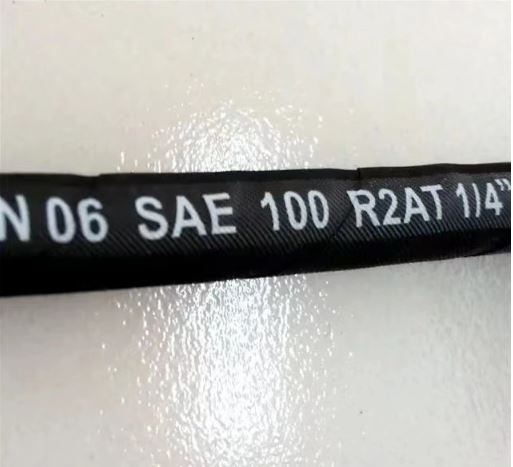lpg gas hose maximum length
Understanding the Maximum Length of LPG Gas Hoses
Liquefied Petroleum Gas (LPG) is widely used for various applications, including cooking, heating, and in certain vehicles. However, when handling LPG, safety is paramount. One critical aspect of ensuring safety in the use of LPG is the selection and installation of LPG gas hoses. Among the various considerations, the maximum length of an LPG gas hose is vital and requires careful attention.
Importance of Hose Length
The length of the LPG gas hose can significantly influence the performance and safety of the gas system. A hose that is too long can create several issues, including pressure drop, increased resistance, and potential risks of leaks. Ideally, the hose should be as short as feasible to minimize these risks while still allowing for flexibility in installation.
Pressure Drop Concerns
One of the primary concerns with longer LPG hoses is the pressure drop that occurs along the length of the hose. As the gas travels through the hose, it experiences friction, which results in a decrease in pressure. This drop can lead to insufficient gas flow to the appliance, which can cause incomplete combustion, reduced efficiency, and may even create hazardous conditions. Therefore, adhering to the recommended maximum hose lengths set by industry standards is essential to maintain optimal performance.
Guidelines for Maximum Hose Length
lpg gas hose maximum length

While regulations can vary between countries and regions, many industry standards suggest that the maximum length for LPG hoses should not exceed 30 feet (approximately 9 meters) for most applications. This length is considered sufficient for flexibility while keeping within the safe pressure limits. In practice, the actual maximum length can also depend on the size of the hose and the specific application for which it is being used. For instance, larger diameter hoses can accommodate longer lengths without a substantial pressure drop, but they also need to comply with safety standards.
Installation Considerations
When installing LPG hoses, it is crucial to consider the route the hose will take. Avoid sharp bends, kinks, or twists in the hose, as these can create additional friction and lead to increased wear over time. Supports and protective coverings should be used to prevent the hose from coming into contact with sharp edges or moving parts. Always ensure that the hose is installed in a way that is secure and minimizes the risk of damage.
Regular Maintenance and Inspection
Regular maintenance and inspection of LPG hoses are critical for safety. Hoses should be checked for any signs of wear, cracks, or leaks. It can be beneficial to keep the hose clean and free from debris, as foreign materials can compromise its integrity. Additionally, marking the hose with clear labels indicating its maximum length can help users avoid extending the hose beyond safe limits.
Conclusion
In conclusion, understanding the significance of the maximum length of LPG gas hoses is essential for safe and efficient gas system operation. By adhering to recommended guidelines, ensuring proper installation, and conducting regular inspections, users can mitigate risks associated with LPG use. Ultimately, safety should always be the top priority when working with flammable gases, and awareness of hose specifications plays a crucial role in achieving this goal.
-
Unrivaled Performance and Applications of PU Pneumatic Hoses and TubesNewsJun.11,2025
-
The Transparent World of Industrial Tubing and Hosing SolutionsNewsJun.11,2025
-
The Intricate World of Pneumatic Conduits: Tubes and HosesNewsJun.11,2025
-
The Dynamic Landscape of Pneumatic Conduits: Unraveling Key ComponentsNewsJun.11,2025
-
The Diverse Applications and Significance of Transparent PVC TubingNewsJun.11,2025
-
High - Pressure Pneumatic Tubing and Systems: An In - Depth LookNewsJun.11,2025














